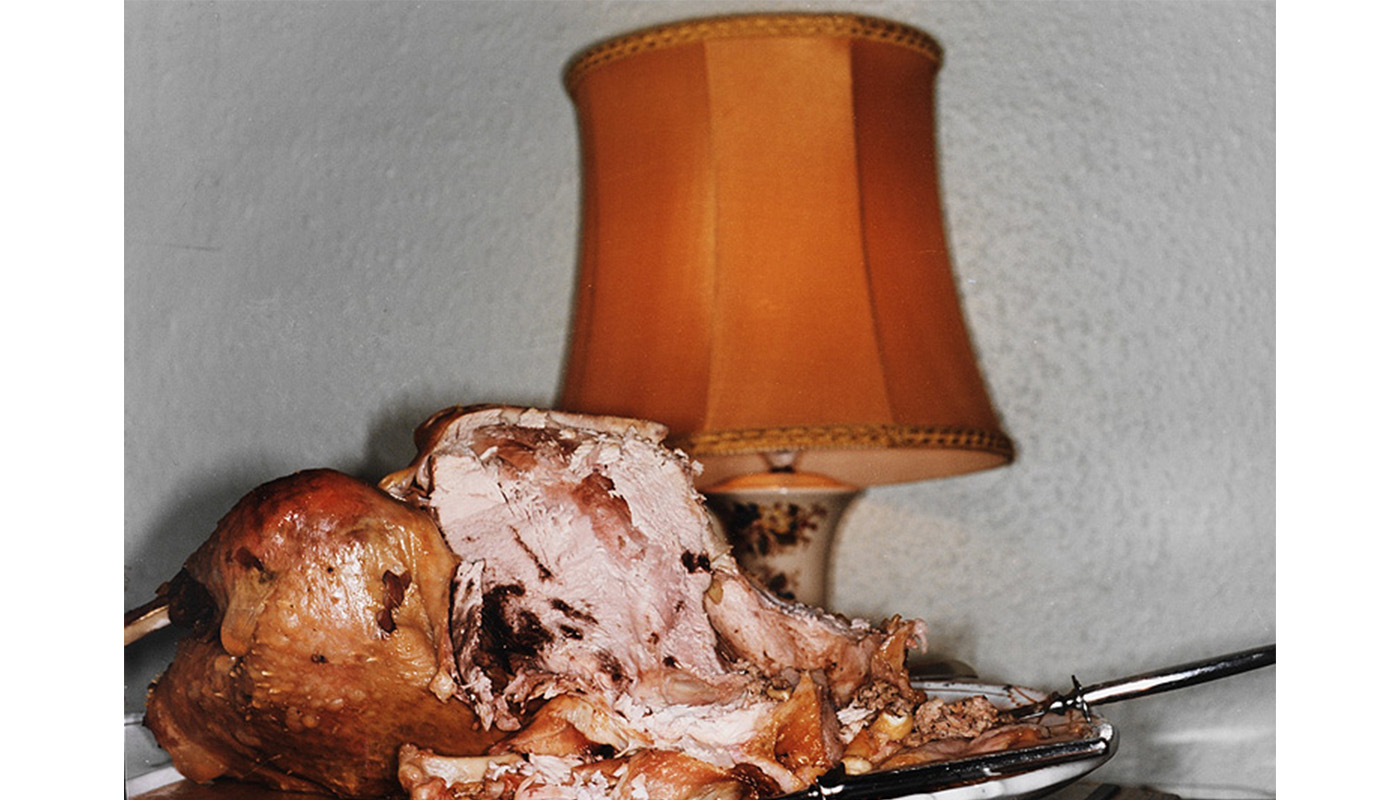
Martin Parr: British Food
Maggie Kurkoski is a member of the Smith College class of 2012 and the Brown Post-Baccalaureate Curatorial Fellow in the Cunningham Center.
“If you go to the supermarket and buy a package of food and look at the photo on the front, the food never looks like that inside, does it? That is a fundamental lie we are sold every day.”
—Martin Parr [source]
The advent of digital cameras has made it easier for anyone to become a photographer, and one particularly ubiquitous subject for popular photography is food. It’s not uncommon to snap pictures of your dinner and post it to Facebook, and the photo-sharing site Instagram is famous for the mouth-watering pictures that users share. Some even go so far as to call such appealing presentation of meals ‘food porn.’
In the mid-1990s, long before everyone had a food blog, Martin Parr shot British Foods,a series of meals, side-dishes and sweets with a decidedly different vibe.
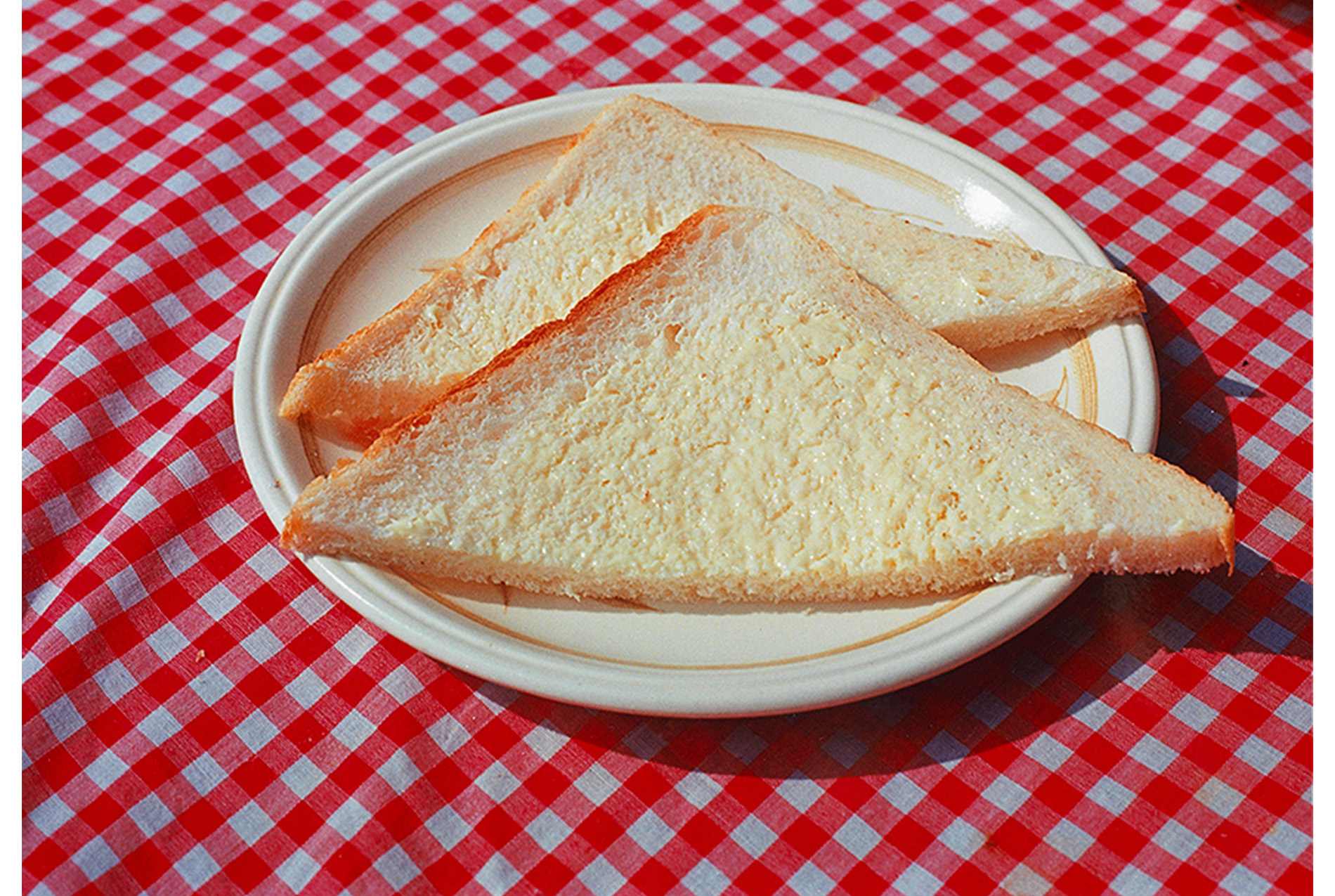
Martin Parr. British, b. 1952. Untitled (British Food), from the Food series, 1995. C-print on Kodak Professional paper. Gift of Janet Borden, class of 1973. Photography by Petegorsky/Gipe. SC 2005.50.
Parr’s first exposure to photography came through his grandfather, a hobbyist who gave him his first camera. Inspired by early pioneers of color photography such as William Eggleston and Joel Meyerowitz, Parr became known for the bright colors in his works, an effect he creates by using flash in the daylight, and by using amateur film.
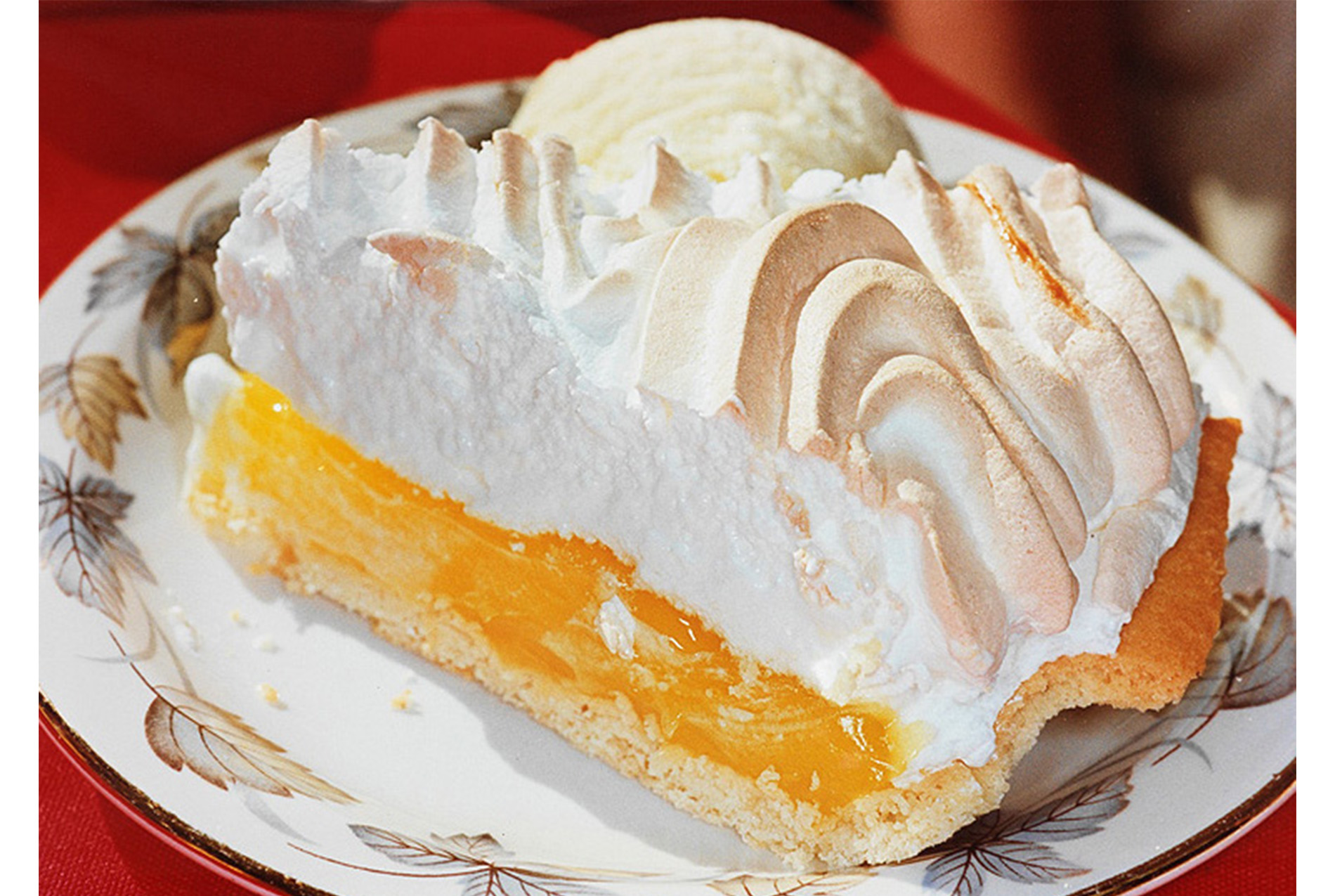
Martin Parr. British, b. 1952. Untitled [Lemon Meringue Pie] from the Food series, 1995. C-print on Kodak Professional paper. Gift of Cristina Enriquez-Bocobo, class of 1985, and Cody J. Smith. Photography by Petegorsky/Gipe. SC 2004.11.3.
At times, Martin Parr’s British Food seems to recall the photographic vocabulary of high-end cookbooks, a result of his close-cropped images, saturated colors and careful presentation. A cheery red-and-white gingham tablecloth, or a decorative plate with images of leaves, wouldn’t be out of place in Martha Stewart Living.
Unlike professional food photographers, though, Martin Parr is not trying to make his food look appealing. His photographs lack the glamour of a magazine spread, where every element is planned to make you desire a bite. There’s no glamour here; His bread is simple, plain, white and untoasted. The butter on top is not smooth and creamy, but a thin off-white spread.
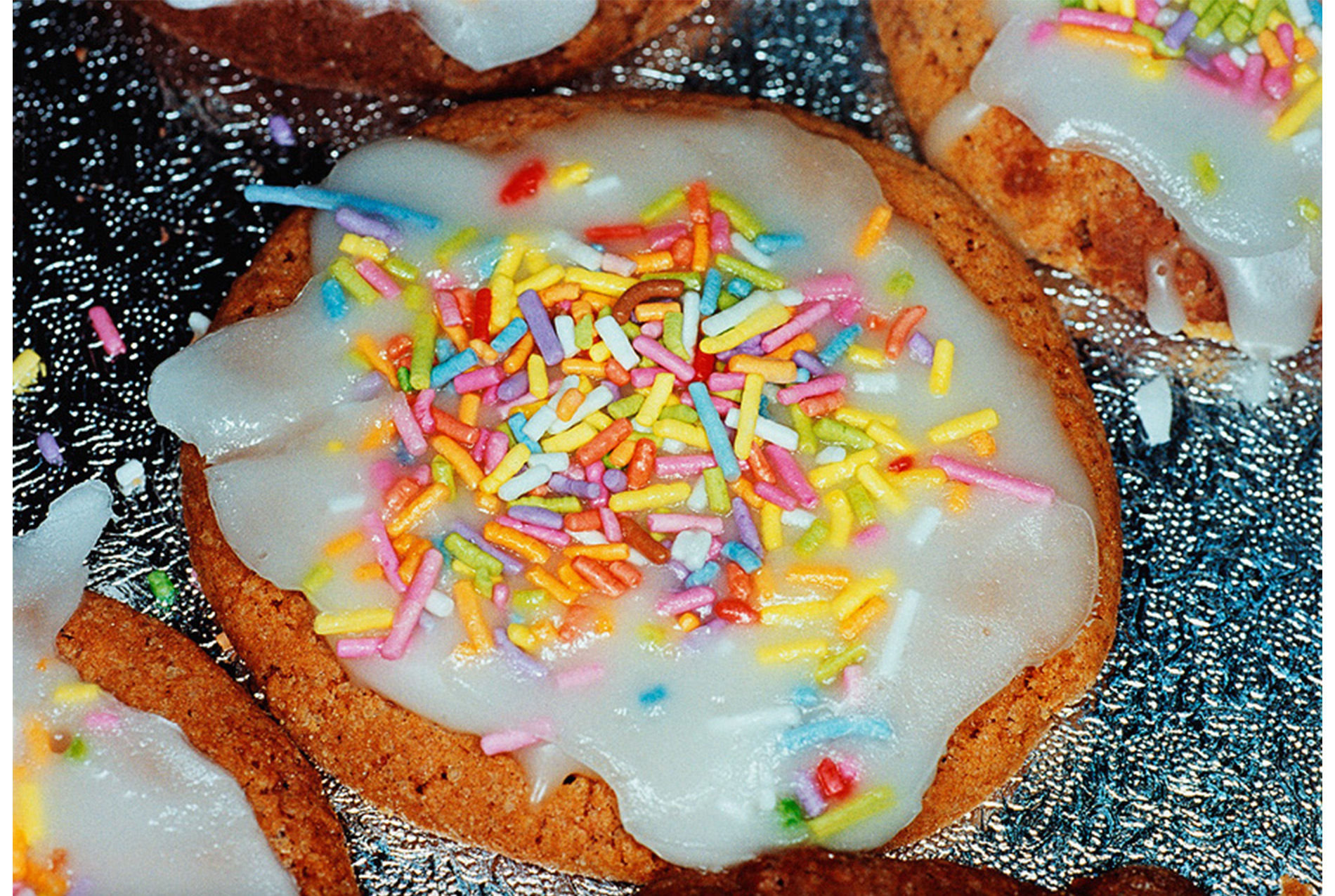
Martin Parr. British, b. 1952. Untitled (frosted cookie) from the Food Series, 1995. C-print. Gift of Janet Borden, class of 1973. Photography by Petegorsky/Gipe. SC 2006.69.
On the whole, in fact, the images are decidedly unappetizing. Under Parr’s camera lens, the gooey icing on a cookie becomes a viscous white blob encasing stale, discolored sprinkles. His halved lemon is a leftover piece of decaying produce wrapped in plastic. Mushy peas, a British staple, are an unctuous mass of chunky green sludge.
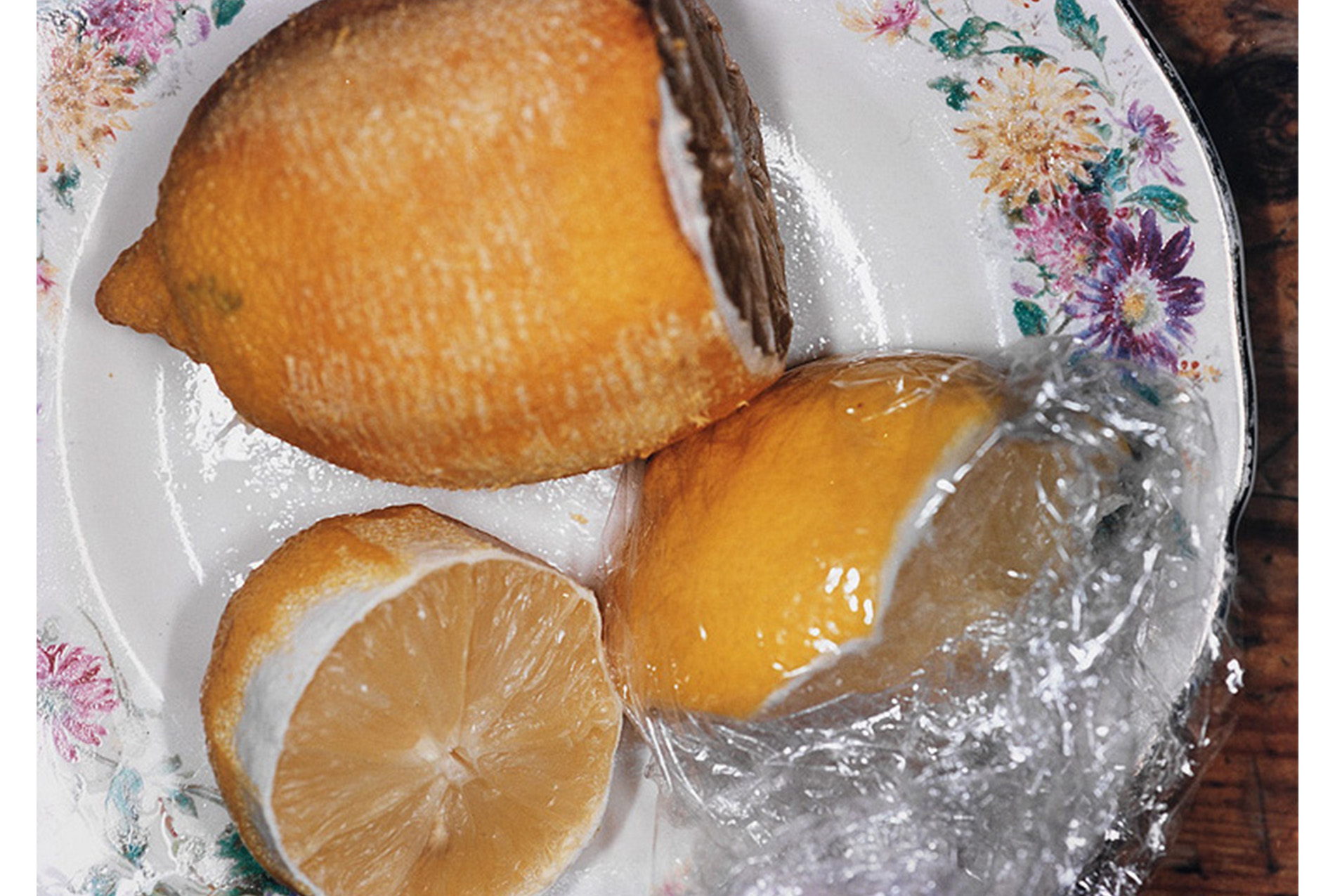
Martin Parr. British, b. 1952. Untitled [Lemons] from the Food series, 1995. C-print on Kodak Professional paper. Gift of Cristina Enriquez-Bocobo, class of 1985, and Cody J. Smith. Photography by Petegorsky/Gipe. SC 2004.11.1.
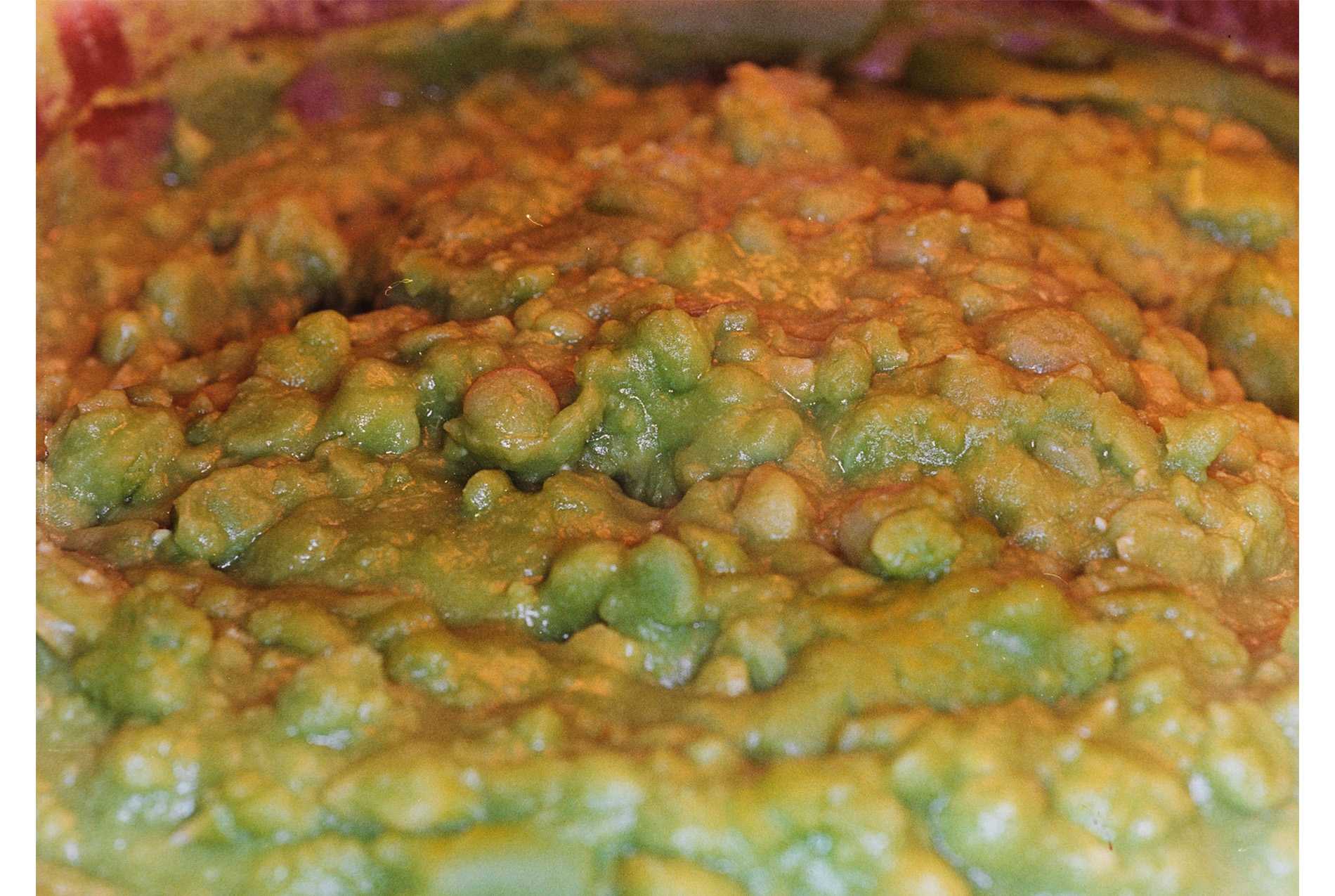
Martin Parr. British, b. 1952. Untitled [Mushy Peas] from the Food series, 1995. C-print on Kodak Professional paper. Gift of Cristina Enriquez-Bocobo, class of 1985, and Cody J. Smith. Photography by Petegorsky/Gipe. SC 2004.11.2.
British cuisine is famously derided, and Parr’s photographs do it no justice. Parr believes that his photographs illustrate visual truths in the world around us, stripped of false pretensions. As he puts it, “Part of the role of photography is to exaggerate, and that is an aspect that I have to puncture. I do that by showing the world as I really find it.”
It’s disingenuous to call Martin Parr’s photographs unfiltered or unexaggerated reality. A negative portrayal is not always a truer depiction of the world around us, and I can honestly say that my peas have never looked as bad as Parr makes them look.
That said, I have pulled a brown lemon out of my fridge before. A carved turkey looks like what it is, a dead bird carcass on the table. When we snap photographs of our meals to share online, we don’t share these imperfect images, in part because we’re creating our own fantasy of ourselves enjoying the life seen in magazines. It has become another way to create an online persona of ourselves as happier, fitter and more exciting than we really are. Martin Parr takes this glossy magazine perfection and punctures it, and thus reminds us that our food, along with ourselves, is not always so glamorous.